| 1 TO 16 YEAR OLD CHILD SCREENING PACKAGE | |
| LABORATORY ANALYSIS | |
| Glucose | To determine whether or not your blood glucose level is within normal ranges; to screen for, diagnose, and monitor diabetes, and to monitor for the presence of hypoglycaemia (low blood glucose) and hyperglycaemia (high blood glucose) |
| Urea (Bun) | To measure how much of waste product you have in your blood. It is used to determine how well your kidneys are working |
| Creatinine | To assess kidney functions |
| Complete Urinalysis Test | To look for metabolic and/or kidney disorders and for urinary tract infections |
| AST (SGOT) | To diagnose liver, bile duct and heart diseases. |
| ALT (SGPT) | |
| Sodium | To investigate causes of dehydration, oedema, problems with blood pressure, or non-specific symptoms |
| Potassium | To help diagnose and determine the cause of an electrolyte imbalance; to monitor treatment for illnesses that can cause abnormal potassium levels in the body |
| Calcium | To scan, diagnose, and monitor a range of conditions relating to the bones, heart, nerves, kidneys, and teeth. |
| C-Reactive Protein (CRP) | To identify the presence of inflammation, to determine its severity, and to monitor response to treatment. |
| 25 Hydroxy Vitamin D | To investigate a problem related to bone metabolism or parathyroid function, possible vitamin D deficiency, malabsorption, before commencing specific bone treatment and to monitor some patients taking vitamin D. |
| Iron | To determine your blood iron level and to help diagnose iron-deficiency anemia or iron overload. |
| Transferrin and Iron-binding Capacity |
To help diagnose iron-deficiency or iron overload. |
| Blood Count Haemogram | Haemogram serves as broad screening panel that checks for the presence of any diseases and infections in the body. |
| Ferritin | To help assess the levels of iron stored in your body |
| Vitamin B12 | To help diagnose the cause of anaemia or neuropathy (nerve damage), to evaluate nutritional status in some patients, to monitor effectiveness of treatment of B12 or folate deficiency |
| Free T3 | To help diagnose hyperthyroidism and monitor it’s treatment |
| Free T4 | To diagnose hypothyroidism or hyperthyroidism in adults and to monitor response to treatment |
| TSH | To screen for and diagnose thyroid disorders; to monitor treatment of hypothyroidism and hyperthyroidism |
| Folate | A cause of anemia or neuropathy; to evaluate nutritional status in some people; to monitor the effectiveness of treatment for vitamin B12 or deficiency |
| Anti HBs | To detect, diagnose and follow the course of an infection with hepatitis B virus (HBV) or to determine if the vaccine against hepatitis B has produced the desired level of immunity |
| Fecal Direct Parasite Search (Ova & Parasite Exam) |
To determine whether you have a parasite infecting your digestive tract |
| OTHER ANALYSIS | |
| Abdominal Ultrasound | To identify diseases at organs in the abdomen, including the liver, gallbladder, spleen, pancreas, and kidneys. |
| Electrocardiogram | To measure the electrical activity of the heartbeat and hearth rhythm |
| EXAMINATIONS | |
| Ophtalmology Examination | General physical examination, evaluation of the results and recommendations. |
| Pediatrics Examination | |
| E.N.T. Examination | |
| General Surgery Examination | |
| Dermatology Examination | |
1 To 16 Year Old Child Screening Package
Warning: call_user_func_array() expects parameter 1 to be a valid callback, function 'digic_get_brands' not found or invalid function name in /home/antalyac/public_html/wp-includes/class-wp-hook.php on line 324
€350,00
Warning: call_user_func_array() expects parameter 1 to be a valid callback, function 'digic_show_store_name' not found or invalid function name in /home/antalyac/public_html/wp-includes/class-wp-hook.php on line 324
| Select Hospital | Antalya Yaşam Hospital, Kemer Yaşam Hospital, ASV Yaşam Hospital, Opera Yaşam Hospital, Alanya Yaşam Hospital, Manavgat Yaşam Hospital |
|---|
Vendor Information
- Address:
- No ratings found yet!
-
Warning: call_user_func_array() expects parameter 1 to be a valid callback, function 'digic_woocommerce_template_loop_category' not found or invalid function name in /home/antalyac/public_html/wp-includes/class-wp-hook.php on line 324
Mini Abdominoplasty (Tummy Tuck)
€3.300,00 -
Warning: call_user_func_array() expects parameter 1 to be a valid callback, function 'digic_woocommerce_template_loop_category' not found or invalid function name in /home/antalyac/public_html/wp-includes/class-wp-hook.php on line 324
Breast Augmentation
€3.250,00 -
Warning: call_user_func_array() expects parameter 1 to be a valid callback, function 'digic_woocommerce_template_loop_category' not found or invalid function name in /home/antalyac/public_html/wp-includes/class-wp-hook.php on line 324
Breast Health Package for Women Over 40
€99,00 -
Warning: call_user_func_array() expects parameter 1 to be a valid callback, function 'digic_woocommerce_template_loop_category' not found or invalid function name in /home/antalyac/public_html/wp-includes/class-wp-hook.php on line 324
Dermaroller
€225,00 – €1.150,00 -
Warning: call_user_func_array() expects parameter 1 to be a valid callback, function 'digic_woocommerce_template_loop_category' not found or invalid function name in /home/antalyac/public_html/wp-includes/class-wp-hook.php on line 324
Breast Reduction
€3.900,00 -
Warning: call_user_func_array() expects parameter 1 to be a valid callback, function 'digic_woocommerce_template_loop_category' not found or invalid function name in /home/antalyac/public_html/wp-includes/class-wp-hook.php on line 324
Men Under 40 Large Screening Package
€680,00
Quick Comparison
| Settings | 1 To 16 Year Old Child Screening Package remove | Home Care remove | Sleeve Gastrectomy Surgery remove | Rhinoplasty remove | Vaginoplasty remove | Executive Men Check-Up remove | |||||||||||||||||||||||||||||||||||||||||||||||||||||||||||||||||||||||||||||||||||||||||||||||||||||||||||||||||||||||||||||||||||||||||||||||||||||||||||||||||||||||||||||||||||
|---|---|---|---|---|---|---|---|---|---|---|---|---|---|---|---|---|---|---|---|---|---|---|---|---|---|---|---|---|---|---|---|---|---|---|---|---|---|---|---|---|---|---|---|---|---|---|---|---|---|---|---|---|---|---|---|---|---|---|---|---|---|---|---|---|---|---|---|---|---|---|---|---|---|---|---|---|---|---|---|---|---|---|---|---|---|---|---|---|---|---|---|---|---|---|---|---|---|---|---|---|---|---|---|---|---|---|---|---|---|---|---|---|---|---|---|---|---|---|---|---|---|---|---|---|---|---|---|---|---|---|---|---|---|---|---|---|---|---|---|---|---|---|---|---|---|---|---|---|---|---|---|---|---|---|---|---|---|---|---|---|---|---|---|---|---|---|---|---|---|---|---|---|---|---|---|---|---|---|---|---|---|---|---|---|---|
| Name | 1 To 16 Year Old Child Screening Package remove | Home Care remove | Sleeve Gastrectomy Surgery remove | Rhinoplasty remove | Vaginoplasty remove | Executive Men Check-Up remove | |||||||||||||||||||||||||||||||||||||||||||||||||||||||||||||||||||||||||||||||||||||||||||||||||||||||||||||||||||||||||||||||||||||||||||||||||||||||||||||||||||||||||||||||||||
| Image | 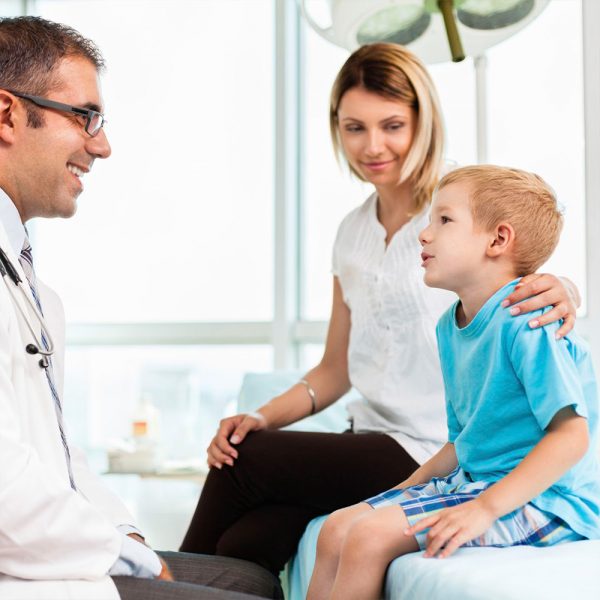 |  | 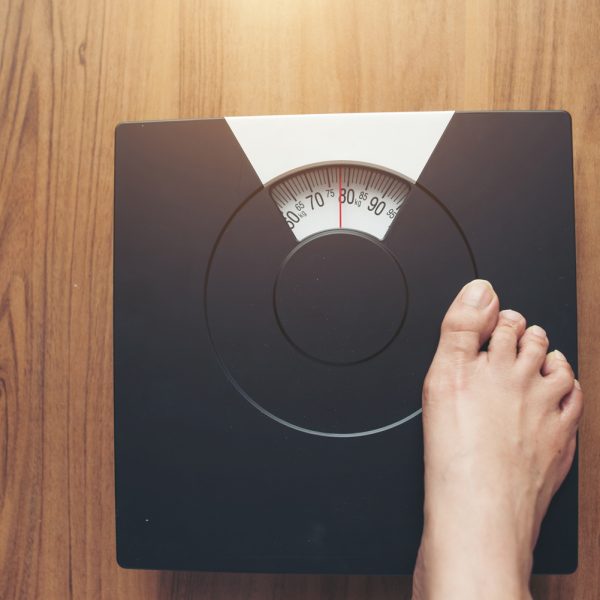 | 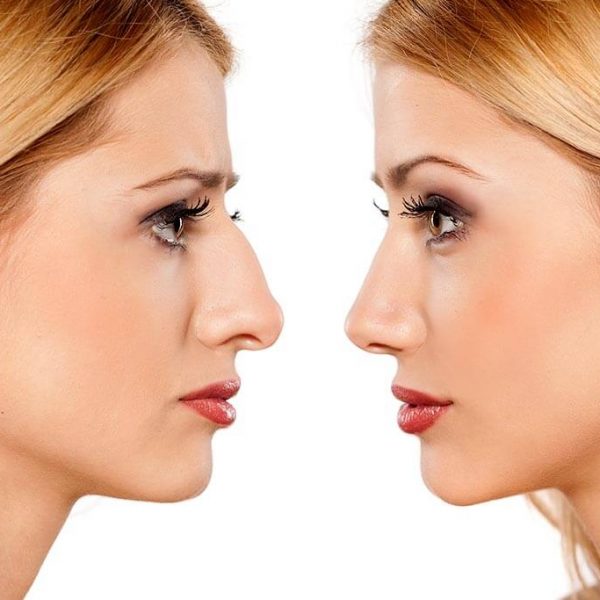 |  |  | |||||||||||||||||||||||||||||||||||||||||||||||||||||||||||||||||||||||||||||||||||||||||||||||||||||||||||||||||||||||||||||||||||||||||||||||||||||||||||||||||||||||||||||||||||
| SKU | D2300-3-2-3-2-1-1-1-1 | D2300-3-2-3-2-1-1-1-1-2-2 | |||||||||||||||||||||||||||||||||||||||||||||||||||||||||||||||||||||||||||||||||||||||||||||||||||||||||||||||||||||||||||||||||||||||||||||||||||||||||||||||||||||||||||||||||||||||
| Rating | |||||||||||||||||||||||||||||||||||||||||||||||||||||||||||||||||||||||||||||||||||||||||||||||||||||||||||||||||||||||||||||||||||||||||||||||||||||||||||||||||||||||||||||||||||||||||
| Price | €350,00 | €280,00 | €3.700,00 | €2.300,00 | €1.700,00 | €1.250,00 | |||||||||||||||||||||||||||||||||||||||||||||||||||||||||||||||||||||||||||||||||||||||||||||||||||||||||||||||||||||||||||||||||||||||||||||||||||||||||||||||||||||||||||||||||||
| Stock | |||||||||||||||||||||||||||||||||||||||||||||||||||||||||||||||||||||||||||||||||||||||||||||||||||||||||||||||||||||||||||||||||||||||||||||||||||||||||||||||||||||||||||||||||||||||||
| Availability | |||||||||||||||||||||||||||||||||||||||||||||||||||||||||||||||||||||||||||||||||||||||||||||||||||||||||||||||||||||||||||||||||||||||||||||||||||||||||||||||||||||||||||||||||||||||||
| Add to cart | |||||||||||||||||||||||||||||||||||||||||||||||||||||||||||||||||||||||||||||||||||||||||||||||||||||||||||||||||||||||||||||||||||||||||||||||||||||||||||||||||||||||||||||||||||||||||
| Description | What is Tube Stomach Surgery (Sleeve Gastrectomy)?Gastric sleeve surgery is a type of bariatric surgery. Sleeve gastrectomy is usually performed with the laparoscopic method or as a closed surgery, as it is commonly known in the community. Reducing the size of the stomach with sleeve gastrectomy surgery limits the amount of food that can be consumed. In addition, with the reduction of stomach size, hormonal changes occur that help to lose weight. These changes contribute to the patient's ideal weight after surgery or to maintain the ideal weight.Why is Tube Stomach Surgery (Sleeve Gastrectomy) Performed?Sleeve gastrectomy is done for the risk of health problems, not for aesthetic appearance. When obesity is not treated, it causes the following health problems; • Heart diseases • Hypertension • High cholesterol • Obstructive sleep apnea • Type 2 diabetes • Stroke • Cancer • Infertility | After the surgery, patients can usually go home on the same day or after staying in the hospital for 1 night at the latest. In the first two days, there may be swelling, bruising and blood leakage from the nose. In the first days, patients may experience difficulty in breathing. Patients can continue their normal life after 2 days. The plaster and sutures are removed on the sixth day. After the plaster is removed, the patient can return to work. If bruises remain, they can be hidden with the help of concealer makeup. After about 3 weeks, the swelling goes down to a great extent and the patient's surgical appearance disappears. Patients should not do sports where they can get hit on their face for 3 weeks after surgery.
If one or more of the following structural problems are present, you may be a good candidate for rhinoplasty.
| |||||||||||||||||||||||||||||||||||||||||||||||||||||||||||||||||||||||||||||||||||||||||||||||||||||||||||||||||||||||||||||||||||||||||||||||||||||||||||||||||||||||||||||||||||||||
| Content |
| What is Home Care? Home care is any professional health and support service that allows a person to live safely in their home. Home care services can help manage your chronic health problems, help someone who is aging and in need of assistance live independently, or assist individuals with special needs/disability. Doctors, nurses, and therapists provide short- or long-term care at home, depending on the person's needs. The care you need where you love Home care is the key to achieving the highest possible quality of life where it is for those who need it. It provides the management of an ongoing medical condition, prevents unnecessary hospitalization, and aids recovery after an illness, injury or hospital stay. Since all these services will be provided through the care given in the comfort and familiarity of the home, the order and comfort of the person will not be disturbed. Home care may include: Provides specialist doctor service when needed Provides short - or long - term nursing care for an illness or disability Provides therapy and rehabilitation services Helps with daily activities such as dressing and bathing Provides escort services | The most preferred treatment method for patients who want to lose weight is Tube Stomach Surgery.
With the sleeve gastrectomy method, effective and permanent weight loss is aimed by reducing the stomach volume, and in this way, patients feel full faster with small portions. Since the stomach is shaped into a tube by shrinking, the desire for food decreases and the brain feels less hungry.
We approach the treatment of obesity holistically with our experienced physician staff and personalized treatment programs.
For further questions! | Aesthetic nose surgery (rhinoplasty) or nose reshaping surgery is the most commonly applied plastic surgery. With aesthetic nose surgery, it is possible to reduce or enlarge your nose, change the shape of the tip or bridge of the nose, narrow the width of your nostrils or change the angle between your nose and upper lip. At the same time, if you have a congenital or injury-related deformity, it can be corrected or some breathing problems can be eliminated. |
VaginoplastyVaginoplasty is a procedure to repair the vagina. It treats a variety of medical issues, including vaginal enlargements from childbirth and complications of pelvic floor disease.What is done during vaginoplasty?The details of the procedure vary depending on your goals and medical needs. The vagina is reconstructed using various surgical techniques.Who needs vaginoplasty?
What is the difference between vaginoplasty and other vaginal operations?
What is done before vaginoplasty?
What is the content of the procedure in women with postpartum deformation?
What is the content of vaginoplasty to repair congenital (birth) defects?
Risks / Benefits
What is the recovery process like after vaginoplasty?
How are the controls planned after vaginoplasty?
|
| |||||||||||||||||||||||||||||||||||||||||||||||||||||||||||||||||||||||||||||||||||||||||||||||||||||||||||||||||||||||||||||||||||||||||||||||||||||||||||||||||||||||||||||||||||
| Weight | N/A | N/A | N/A | N/A | N/A | N/A | |||||||||||||||||||||||||||||||||||||||||||||||||||||||||||||||||||||||||||||||||||||||||||||||||||||||||||||||||||||||||||||||||||||||||||||||||||||||||||||||||||||||||||||||||||
| Dimensions | N/A | N/A | N/A | N/A | N/A | N/A | |||||||||||||||||||||||||||||||||||||||||||||||||||||||||||||||||||||||||||||||||||||||||||||||||||||||||||||||||||||||||||||||||||||||||||||||||||||||||||||||||||||||||||||||||||
| Additional information |
|
|
| ||||||||||||||||||||||||||||||||||||||||||||||||||||||||||||||||||||||||||||||||||||||||||||||||||||||||||||||||||||||||||||||||||||||||||||||||||||||||||||||||||||||||||||||||||||||
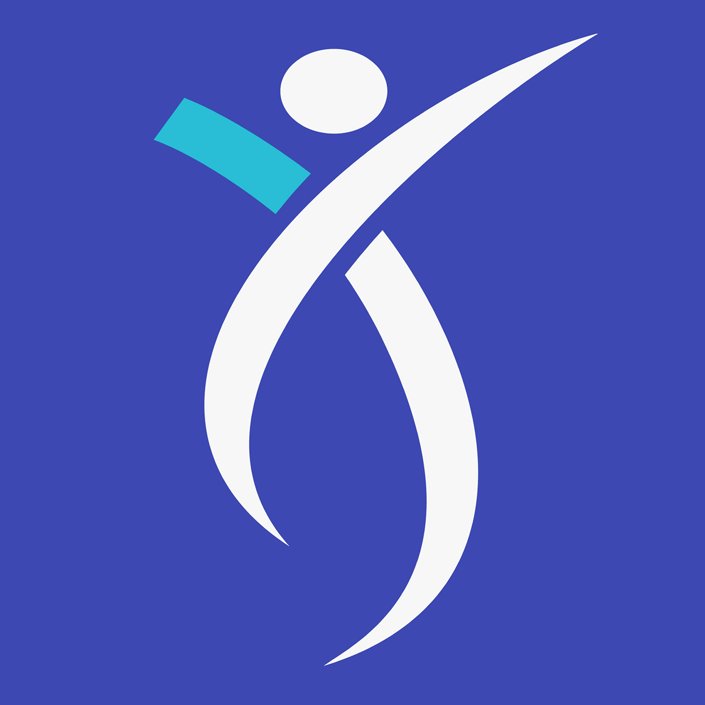


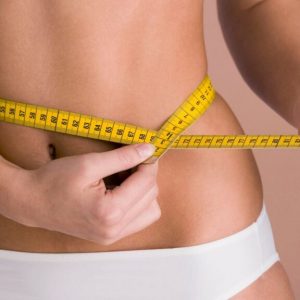
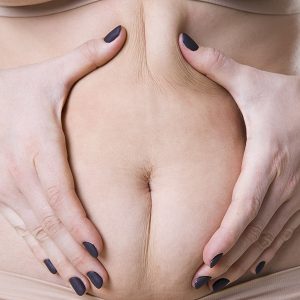
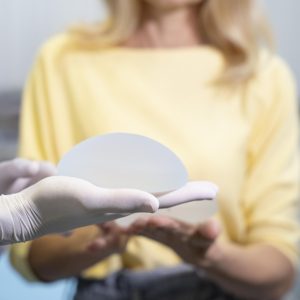
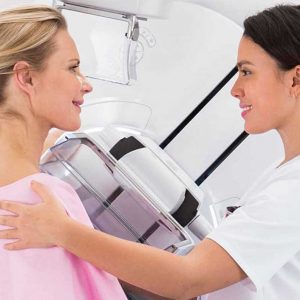
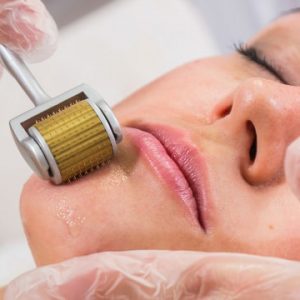
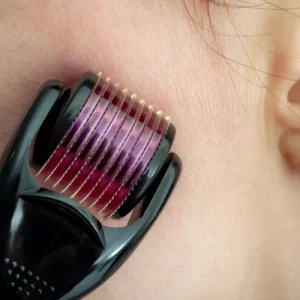
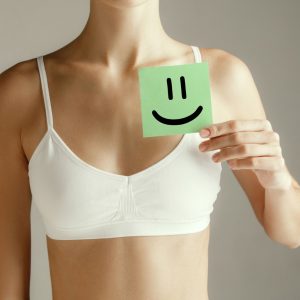

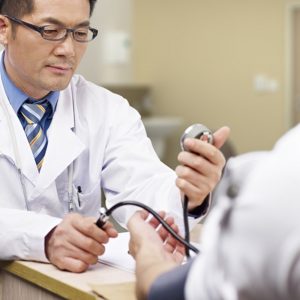
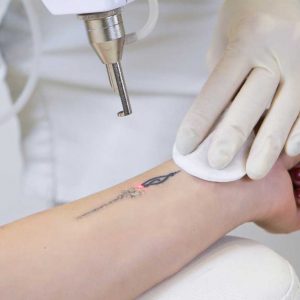


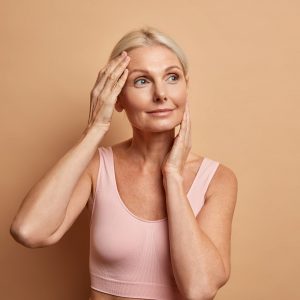

Reviews
There are no reviews yet.